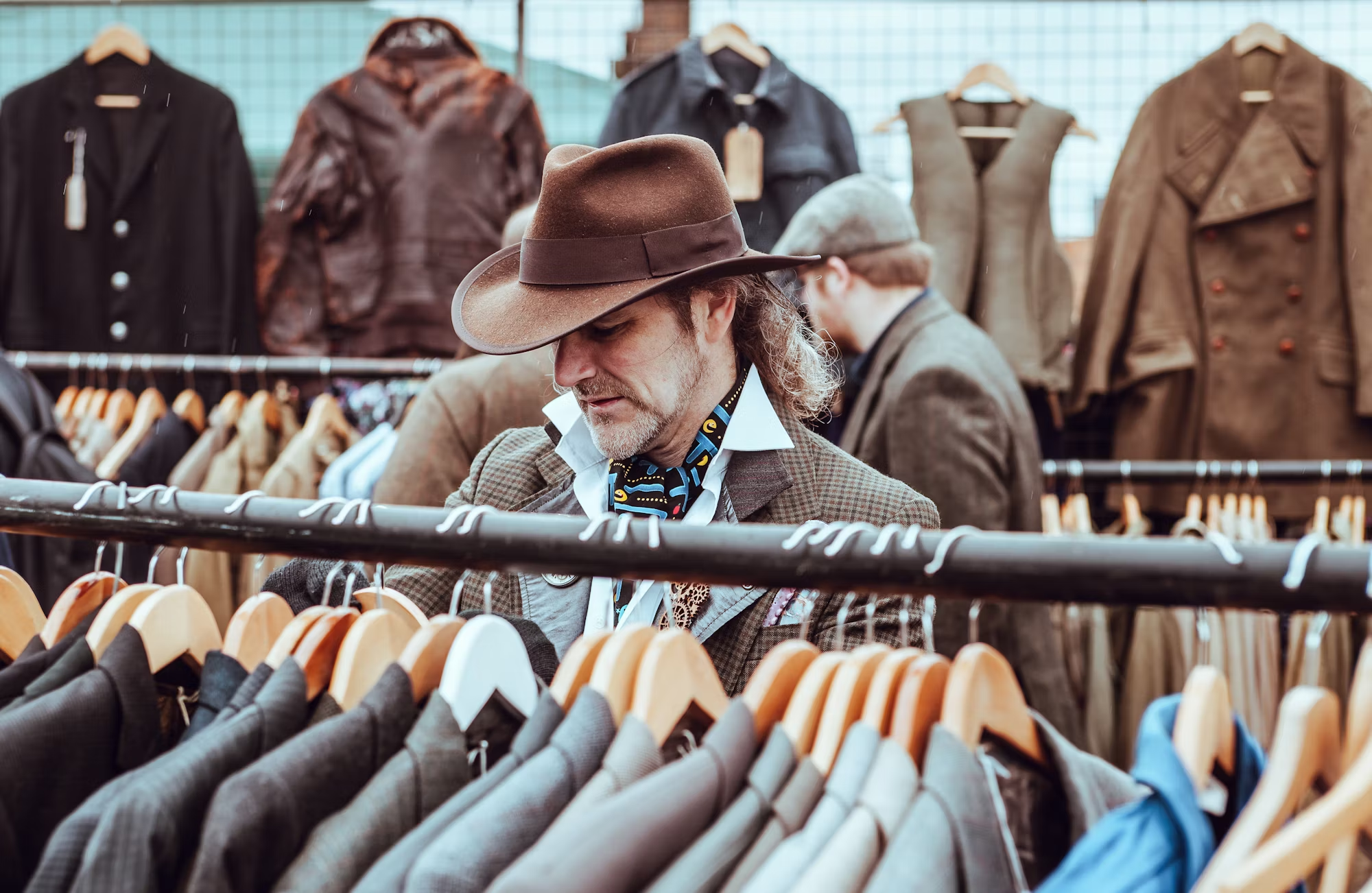Luxury shopping has evolved significantly in recent years, influenced by shifting consumer values, technological advancements, and changing societal norms. Understanding these transformations is essential for both retailers and consumers, as they navigate the complexities of the luxury market. This article explores key trends that are shaping luxury shopping today, from personalization and sustainability to the integration of technology and the importance of experiential offerings.
One of the most notable trends in luxury shopping is the increasing demand for personalization. Today’s consumers are seeking unique, tailored experiences that reflect their individual tastes and preferences. Luxury brands are responding by offering bespoke services and personalized product recommendations, ensuring that customers feel valued and understood. For instance, many high-end retailers now provide customized shopping experiences, where clients can work with personal shoppers to curate selections that resonate with their style. This level of personalization enhances the overall shopping experience, fostering loyalty and encouraging repeat business.
Moreover, the importance of sustainability has risen to prominence in the luxury sector. As consumers become more environmentally conscious, they are increasingly looking to brands that prioritize ethical practices and sustainable sourcing. Luxury brands are adapting to this demand by incorporating eco-friendly materials, reducing waste, and being transparent about their supply chains. For example, brands like Stella McCartney have established themselves as leaders in sustainable fashion, demonstrating that luxury and responsibility can coexist. This shift not only meets consumer expectations but also strengthens brand image, attracting a new generation of conscious consumers.
The role of technology in luxury shopping cannot be overlooked. With the rise of e-commerce and digital platforms, luxury brands are exploring innovative ways to connect with their customers. Virtual reality (VR) and augmented reality (AR) are being utilized to enhance the shopping experience, allowing customers to virtually try on products or view them in immersive settings. Additionally, luxury brands are investing in advanced data analytics to better understand consumer behavior and preferences, enabling them to tailor their marketing strategies effectively. By embracing technology, luxury retailers can create seamless, engaging experiences that resonate with today’s tech-savvy consumers.
Experiential shopping has also become a cornerstone of luxury retail. Today’s consumers seek more than just products; they desire memorable experiences that allow them to engage with brands on a deeper level. Luxury retailers are responding by creating unique in-store experiences, such as exclusive events, art installations, and personalized workshops. These initiatives encourage customers to explore the brand in an immersive environment, fostering emotional connections and enhancing brand loyalty. For instance, high-end fashion houses often host fashion shows or invite customers to preview new collections in intimate settings, making them feel special and valued.
The emergence of social media has further transformed the luxury shopping landscape. Platforms like Instagram and TikTok serve as vital marketing channels, allowing luxury brands to reach broader audiences and engage with consumers in real-time. Influencer partnerships have become a popular strategy, with brands collaborating with social media personalities to showcase their products. This approach not only enhances brand visibility but also taps into the aspirational nature of luxury shopping, as consumers often look to influencers for inspiration and validation. By leveraging social media effectively, luxury brands can create a strong online presence and connect with younger demographics.
Additionally, the concept of community is becoming increasingly relevant in luxury shopping. Consumers are drawn to brands that foster a sense of belonging and connection. Many luxury retailers are building exclusive communities through loyalty programs, events, and social media interactions. These initiatives create opportunities for customers to engage with each other and the brand, enhancing their overall shopping experience. By cultivating a sense of community, luxury brands can strengthen relationships with their customers and encourage brand advocacy.
Another trend reshaping the luxury market is the rise of secondhand shopping. As sustainability becomes a priority for consumers, the demand for pre-owned luxury goods has surged. Retailers like The RealReal and Vestiaire Collective have capitalized on this trend, offering curated selections of secondhand luxury items. This shift not only promotes sustainable consumption but also allows consumers to access high-end products at more affordable prices. Luxury brands are beginning to embrace this trend by exploring circular economy models, where they buy back and resell their own products, thereby extending their lifecycle and reducing waste.
The global pandemic has also accelerated changes in luxury shopping behavior. With many consumers opting for online shopping during lockdowns, luxury brands have had to adapt quickly to meet evolving demands. Enhanced digital experiences, such as virtual shopping appointments and live-streamed events, have become commonplace, allowing brands to maintain connections with their customers. As consumers grow accustomed to the convenience of online shopping, luxury retailers must continue to refine their digital strategies to ensure they remain relevant in a post-pandemic world.
Furthermore, the importance of authenticity in luxury branding has gained prominence. Consumers are increasingly seeking transparency and authenticity from the brands they support. Luxury brands that share their stories, values, and production processes are more likely to resonate with discerning customers. This focus on authenticity creates trust and fosters deeper emotional connections, which are crucial in the luxury market. By emphasizing their heritage, craftsmanship, and commitment to quality, luxury brands can differentiate themselves in a crowded marketplace.
In conclusion, the evolution of luxury shopping is characterized by personalization, sustainability, technological integration, and a focus on experiential offerings. As consumers continue to seek unique experiences that reflect their values and preferences, luxury brands must adapt their strategies to meet these demands. By embracing these trends and prioritizing customer engagement, retailers can navigate the complexities of the luxury market and build lasting relationships with their clientele. Understanding these shifts will be key to thriving in the dynamic landscape of luxury shopping, ensuring brands remain relevant and appealing to modern consumers.
